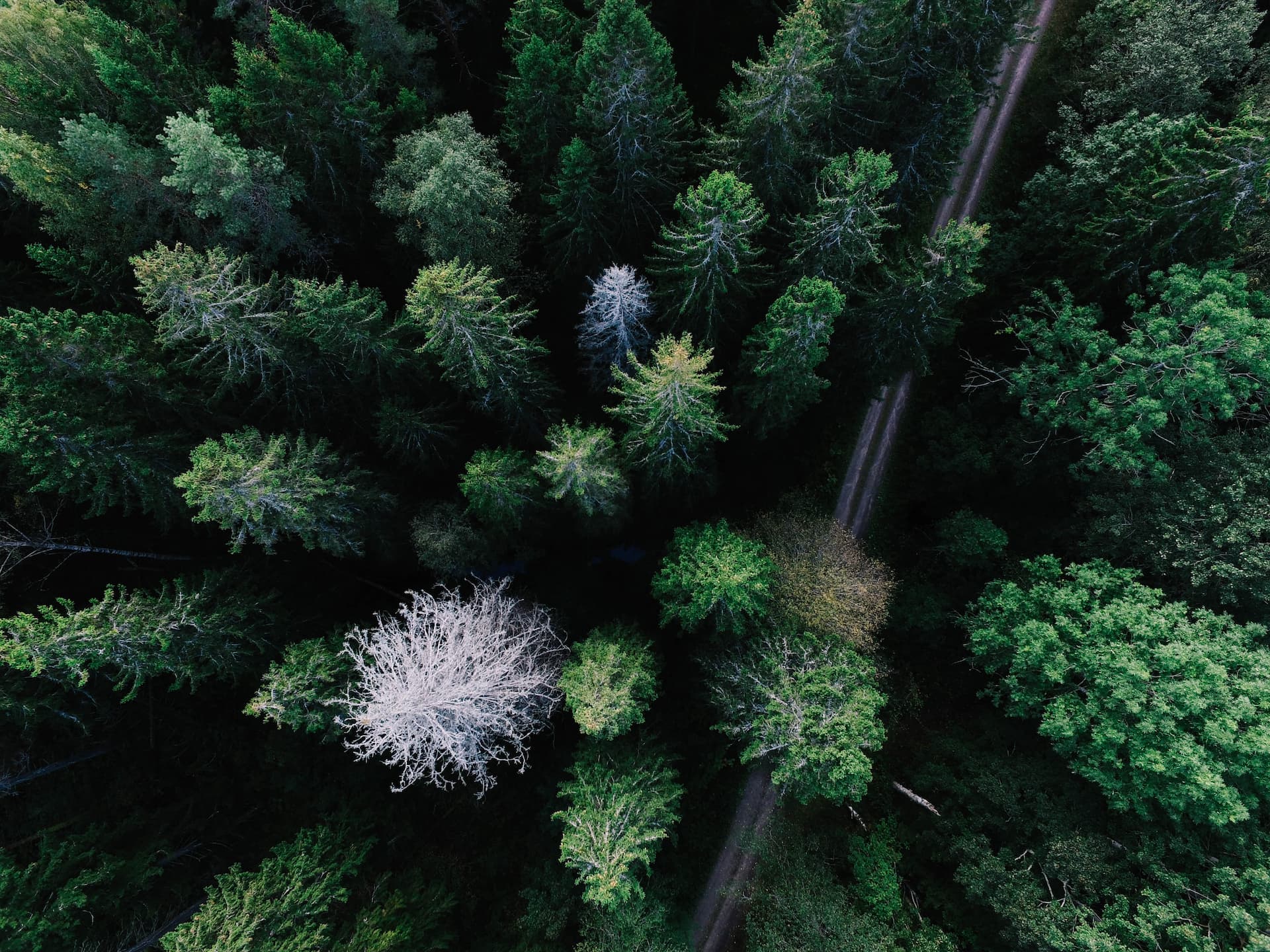Authors: Cerrato S., Balli E.
Cerrato S., Balli E. (2024), The Step Change Navigator, ECSA, Berlin
Off-grid renewable energy in agriculture | Uganda
Cultivating sustainability: setting sail for a greener future
This section embarks on a journey to explore a citizen science initiative in Uganda that investigates the potential of renewable energy in agricultural production. This initiative aims to navigate towards a future of increased energy sustainability and environmental responsibility within the agricultural sector.
Empowering the crew
The project team at Step Change recognized the inherent potential of renewable energy technologies to enhance agricultural productivity in rural Uganda. To guide their exploration, they assembled a diverse crew of citizen scientists. This crew comprised farmers from six agricultural cooperatives, along with interested community members.
Charting the course
The project set sail in three Ugandan districts: Kyankwanzi, Kiboga, and Luwero. Here, the citizen scientists, equipped with necessary training and mobilisation, embarked on utilising various renewable energy technologies.
Exploring new horizons
The project delved into the impact of these technologies across various dimensions. This included their environmental benefits, their contribution to individual and community autonomy, their role in combating corruption, their potential for knowledge transfer, and their ability to develop improved skills that translate into economic gains.
Unveiling the treasures
Through this exploration, the project aimed to assess the effectiveness of adopting renewable energy in agricultural production. This assessment considered both its ability to address the sector’s growing energy demands and its potential to become a vehicle for fostering social and environmental sustainability.
Learning from the land
Building upon the lessons learned throughout the voyage, the citizen science initiative aimed to collect valuable evidence. This evidence would illuminate the potential for upscaling these experiences across the entire region and inform potential nationwide implementation.
Unwavering dedication
One of the most rewarding aspects of the journey was the commitment and goodwill demonstrated by the small-scale farmers. They actively participated in various research stages, contributing data, case studies, analyses, and even the dissemination of findings to support the project’s upscaling goals. Their enthusiasm to contribute to new knowledge and evidence for wider adoption of renewable energy in agriculture was truly remarkable.
Unearthing hidden gems
The project also highlighted the wealth of undocumented local knowledge and scientific practices possessed by small-scale farmers. Often, their ingenuity in improving renewable energy technologies, such as using local gins charcoal briquettes to accelerate combustion, goes unrecognised and undisseminated. This initiative aimed to shed light on such valuable local expertise.
Navigating challenges
Despite the project’s success stories, some challenges arose. The limited awareness of certain renewable energy technologies within the communities hindered widespread adoption. However, the project documented remarkable agricultural advancements in areas where these technologies were implemented. These advancements included year-round production, increased productivity, income generation, cost savings in the long run, and environmental conservation.
Solar power leads the way
Among the implemented technologies, solar energy emerged as the clear leader, with a 77.2% adoption rate, compared to 4.1% for briquettes and 3.1% for biogas. This dominance can be attributed to several factors:
- Immediate solution to the challenges of low grid coverage and high installation costs in rural areas.
- Advocacy efforts by both public and private sectors promoting solar energy.
- Accessibility due to the presence of local solar equipment vendors.
- Scalability allowing for installations tailored to individual needs and financial capabilities.
Managing expectations
The project also acknowledged the importance of managing expectations among the participating farmers. Initially, some farmers harboured certain expectations about the research. However, when the rese- arch goals were clearly explained by the ARUWE organisation, some individuals chose not to participate. This highlights the importance of transparent communication throughout the citizen science process.
Unforgettable encounters
This section highlights some unforgettable moments experienced by the citizen scientists and researchers during the project, showcasing the rewarding aspects of their collaboration.
A story of resilience
One of the most inspiring encounters occurred during the collection of case study data. A small-scale farmer shared his motivations for adopting solar irrigation in his garden:
“There is too much sunshine most of the time, and many crops do not survive due to much heat. What this means is that you don’t grow crops when there is not enough rain. On the other hand, I needed to increase production. So, with solar irrigation, I keep on with all my farm activities regardless of the season. I am not restricted and held back by unpredictable weather patterns. I still do my far- ming activity and when the rain comes, it takes over from there. The other issue was the technology/machine was easy to use, it only required a one-time demonstration, and we could use it. Moreover, it is portable.”
This farmer’s story exemplifies the resilience and resourcefulness of small-scale farmers and their eagerness to embrace innovative solutions that address the challenges they face. Her experience highlights the positive impact of renewable energy technologies on agricultural productivity and climate resilience.
Briquettes: A Spark of Innovation
Another memorable encounter involved a farmer who shared his experience with biomass briquettes:
“Those briquettes have helped me to save. I use some for cooking and others for my chickens. With briquettes, one can use the available resources to mould them. For example, a bag of charcoal costs 60,000 shillings in this region but much higher in other regions and I was using it for one month. When I started using briquettes mixed with charcoal, I saved 50% of what I was initially spending on charcoal. It’s expensive to keep the chicks warm, especially at night. And if those chicks are not getting enough warmth, they can die. With the chicks, the entire brooder must be well covered. If you don’t do so, wind can still enter and affect your chicks, but these briquettes help to warm the room more easily and for a longer period. Actually, I do also earn from selling briquettes to community members as well as from training other community members to make the briquettes.”
This farmer’s story not only demonstrates the cost-saving benefits of briquettes but also showcases the potential for income generation and knowledge sharing within the community. It highlights the ingenuity of farmers in finding locally-sourced solutions to address their energy needs.
Lessons learned
These unforgettable encounters offer valuable lessons for future citizen science initiatives.
Empowering participation: as exemplified by ARUWE’s experience, integrating training and capacity building is crucial to ensure inclusive participation of all community members, regardless of their educational background.
Managing expectations: clear communication from the outset, especially during the recruitment phase, is essential to manage expectations and ensure informed participation.
Sharing the harvest: disseminating research findings through various channels is key to raising awareness about the benefits of renewable energy technologies. This can encourage broader adoption and influence policy reforms that promote affordability and sustainability.
User Type
- Citizen scientist/civil society organization
- Researcher/research institution
Resource type
- Case studies
- Projects/project examples
Research Field
- Agricultural Sciences
- Engineering and Technology



